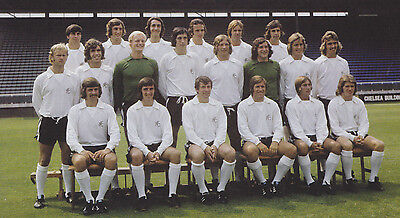
Introduction
Fulham, a district located in the London Borough of Hammersmith and Fulham, holds a significant place in the cultural and historical landscape of London. Once known for its industrial roots, Fulham has transformed over the decades into a vibrant residential and commercial area. This transformation is particularly relevant today as urban areas continue to evolve in response to changing demographics and economic factors.
Historical Context
Historically, Fulham was known for its market gardens and fishing along the River Thames. With the development of the railway in the 19th century, the area began to flourish as a residential community. Over the years, Fulham has seen waves of change brought by various socio-economic factors, including the post-war housing shortages and the more recent gentrification trends. Architectural gems like the historic Fulham Palace, once the residence of bishops, contribute to the area’s rich cultural tapestry.
Modern Developments
In recent years, Fulham has experienced a resurgence thanks to a combination of developmental projects and community initiatives. The Fulham Town Centre has been revitalised, with new shops, restaurants, and leisure facilities opening up to cater to a wider audience, making it an attractive destination for both residents and visitors alike.
Notably, Fulham is home to the popular Fulham Broadway area, which has become a hub for entertainment, featuring a variety of eateries and the Fulham Broadway Shopping Centre. Additionally, the local housing market remains competitive, with an array of property types available ranging from Victorian terraces to modern apartments, catering to different demographic groups including families and young professionals.
Community and Events
Fulham prides itself on a strong sense of community, with numerous local events and festivals held throughout the year. The Fulham Palace Gardens hosts seasonal events that draw visitors of all ages. Moreover, the local sports culture is alive and well, with Fulham Football Club being a major draw for sports enthusiasts. Their home matches at Craven Cottage create a vibrant atmosphere that encapsulates the local spirit.
Conclusion
Fulham represents a dynamic blend of history and modern living, making it an attractive place for both residents and tourists. As the borough continues to evolve, it remains important for community engagement and preservation of local heritage to thrive alongside new developments. The future of Fulham looks bright, with ongoing plans aimed at enhancing the quality of life for its inhabitants while ensuring that its rich history continues to be celebrated.
You may also like

Discovering Charlton: History, Culture and Community

A Journey Through Maldon and Tiptree: Heritage and Culture
